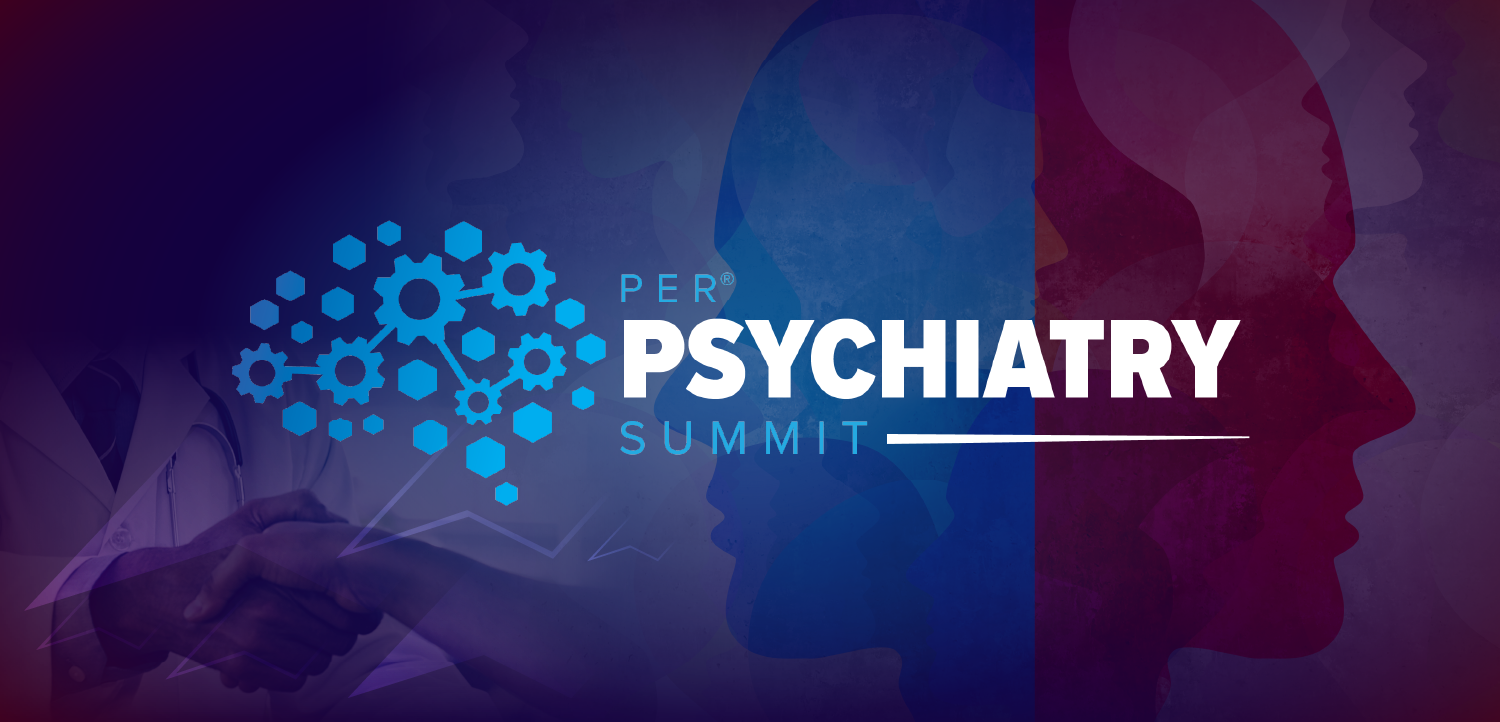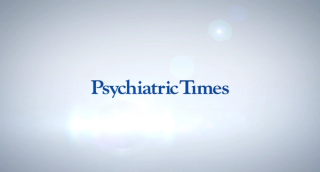
Schizoaffective
Latest News
Video Series

CME Content

Nearly half of catatonia patients relapse within two years, highlighting the need for effective long-term management strategies and potential benefits of antipsychotics.

Antidepressants posed "negligible" risk of inducing mania in bipolar depression, in a target trial emulation with a larger cohort than in RCTs that have assessed this effect.


The US Food and Drug Administration has approved Erzofri, a paliperidone palmitate extended-release injectable suspension for the treatment of adults with schizophrenia and schizoaffective disorder.

Research investigated this association in a prospective cohort study.
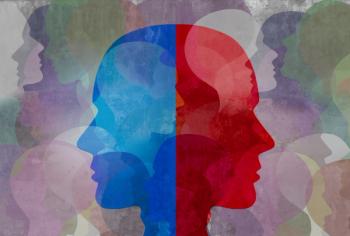
Have you had difficulty with differential diagnosis when patients have manic symptoms and psychosis? One doctor discusses the related DSM-5 criteria changes and some of their implications for psychopharmacology.

Mental illnesses are too often shrouded in secrecy and shame. What would happen if we spoke out about the cases we knew best—the ones in our own families?

There is debate whether schizoaffective disorder is a separate illness or is part of the continuum of schizophrenia and mood disorder spectrum.

A new risperidone capsule for the treatment of schizophrenia sees positive phase 2 study results.

What is the long-term, real-world effectiveness of pharmacotherapies for schizoaffective disorder? An investigation into 2 nationwide cohorts of patients living with schizophrenia provides new details.
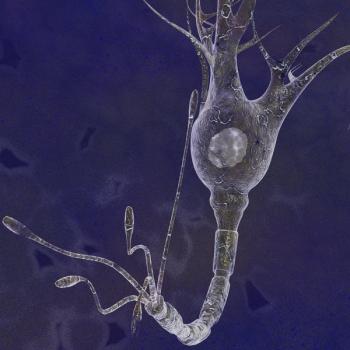
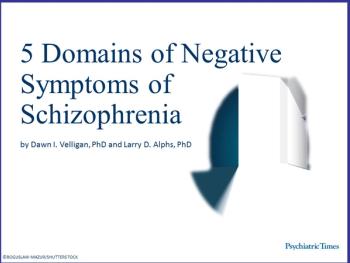
Negative symptoms identified from the Negative Symptom Assessment and the behaviors that might be observed in each of 5 domains.

What the nose knows in patients with schizophrenia.

New insights from a large study that relied on objective biomarkers.

The first episode of psychosis represents a critical juncture in the treatment of schizophrenia. Here: A synopsis of 2-year outcomes from the NIMH Recovery After an Initial Schizophrenia Episode (RAISE) Early Treatment Program.

Deficits in emotion recognition among at-risk patients may predict eventual transition to schizophrenia.
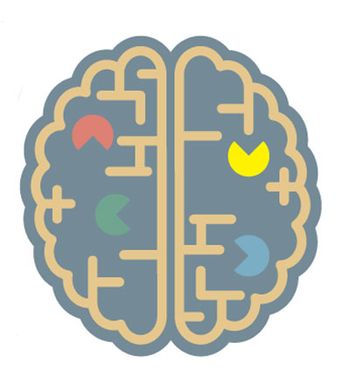
A new network-based neuroimaging study seeks to identify biomarkers across the spectrum of impairment in schizophrenia.

Multiple perspectives are required to fully understand a concept. This seems to be the growing consensus with the schizophrenia spectrum disorders.

We present the case of a patient for whom different attending providers had markedly different interpretations. As the case unfolds, we invite you to reflect on your diagnostic understanding of each presentation.

This member of the DSM-5 Work Group for Psychotic Disorders describes the 8 dimensions used to define the presentation of psychosis-the biggest and most clinically important of the changes in the schizophrenia and other psychotic disorders section.

Historically, there has been conflict between psychiatry and religion.
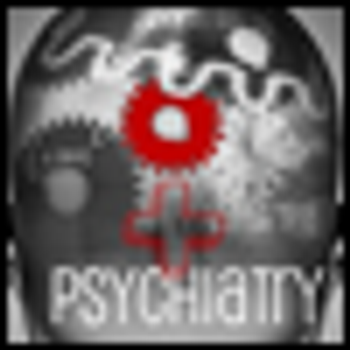
This week's news stories: intimate partner violence, gun control and mental illness, eating disorders, and more.

The Clinical Assessment Interview for Negative Symptoms (CAINS) is an effective tool in measuring negative symptoms in schizophrenia, according to a recent study.

DSM-5 presents psychiatry with a potential “reset button” for diagnostic reliability.

The new annual suicide rate of 12.0 per 100,000 people translates into 100.8 suicides per day and 1 suicide every 14.3 minutes. Here, you will find tools and tips to help identify patients at risk.







